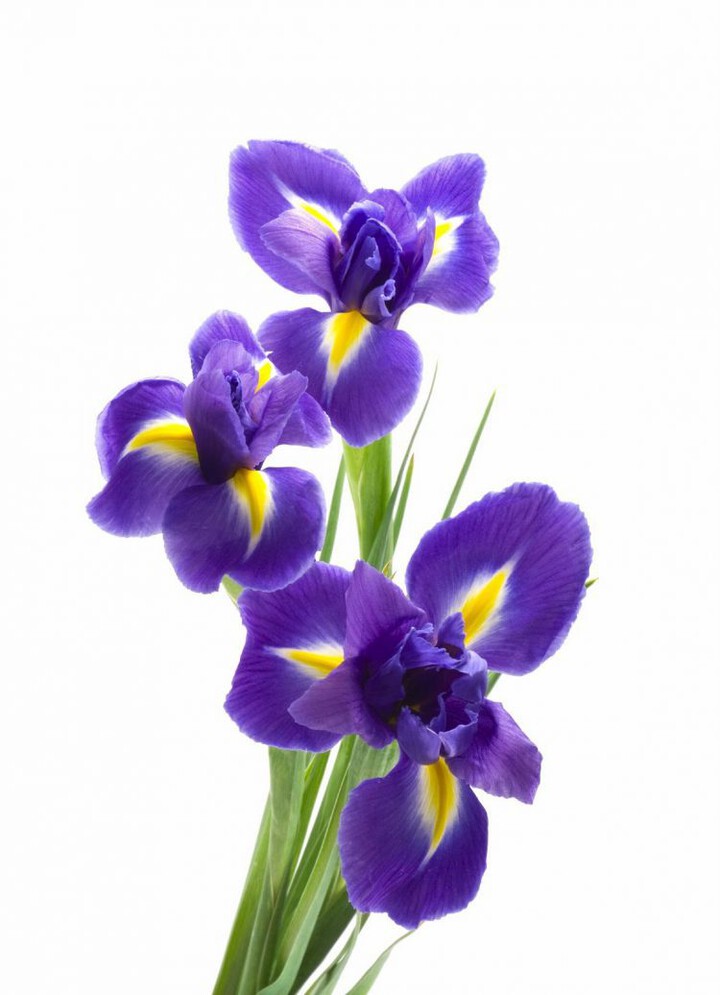
Classification
Irises can be largely classified into rhizome and bulbous and each of these groups can be further classified. The rhizome is the thick fleshy part root part of the plant which is planted in the soil. These types are the popular ones and they are further divided into bearded and beardless.
Bearded
The bearded iris requires perfect drainage and there should be no water stagnation. If the soil is too wet or heavy, then raised beds filled with sand can be used to ensure the water drains out. The soil needs to be neutral or alkaline for the plant to grow well. Plant the rhizome at the end of July or August and ensure that they get adequate sun. Since there should be no water stagnation, standing stone walls are a good option for the bearded iris. These iris need to be planted just below the surface with roots well spread out. Ensure that the rhizome is adequately covered in soil but it’s important not to smother it. Water it just enough as too much water will cause the plant to rot. Over watering the bearded iris is a common mistake.
Beardless
The Iris Germanica, also known as beardless iris, has six petals in total. Three stand straight while three fall down with a white line down the center. The bearded iris gets its name from the bushy beards on the lower petals of the flower. It is classified into the miniature dwarf, the standard dwarf, intermediate, border, the miniature tall, and the tall iris, depending on the height the plant reaches.
The beardless iris is very common in Asia. There are different varieties, namely, the Spurias, the Siberians, Japanese Iris, Dutch Iris, Yellow flag iris, and more. Some of the common types of beardless iris found in America are the Louisiana Iris, the Crested Iris, the Blue Flag Iris, and the Pacific Coast Natives. These are low maintenance plants and require very minimal care.
Cultivation of Beardless Iris
The beardless iris requires moist soil to thrive and it is tolerant to shady areas. An ideal plant for rain or water gardens, it does not need to be dug up and cared for frequently. It should be planted in early spring or fall and the roots should always be kept moist. The beardless iris should be planted deeper than the bearded iris. It requires large amounts of water in the initial few days after planting. The beardless iris does not like being disturbed so it’s best to plant it in a place where it will not be moved or dug up often.
Bulbous Iris
The Bulbous Iris is a smaller variety of the iris with a rootstock which is shaped like a bulb. It is one of the first flowers to bloom in the garden but it requires a period of rest where it remains dormant for a while before blooming again. Similar to the bearded iris, the bulbous iris requires less water and it needs to be planted in light soil where excess water is drained easily.
More Tips & Tricks
Always keep the plants free of weeds and separate them when they begin to cluster or crowd, which prevents proper growth. During winter, it is essential to cover the soil with straw, pine needles or leaves to prevent the cold from seeping in too much. Planting early will ensure that the roots are well established so they cannot be damaged easily by the cold. If you feel the plants are not blooming so well, you can try to dig and divide them. Most importantly, irises should not be kept crowded, watered too much or overfed.